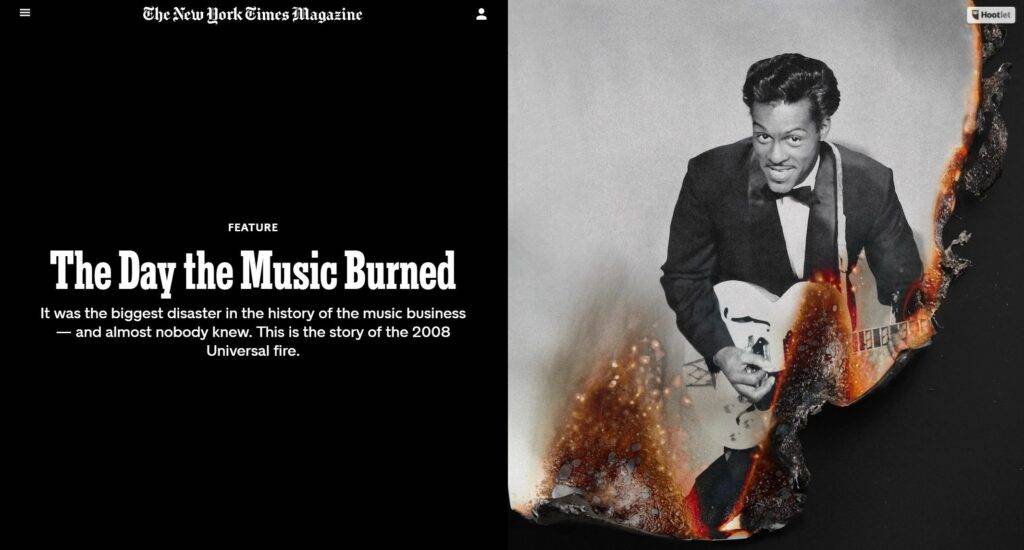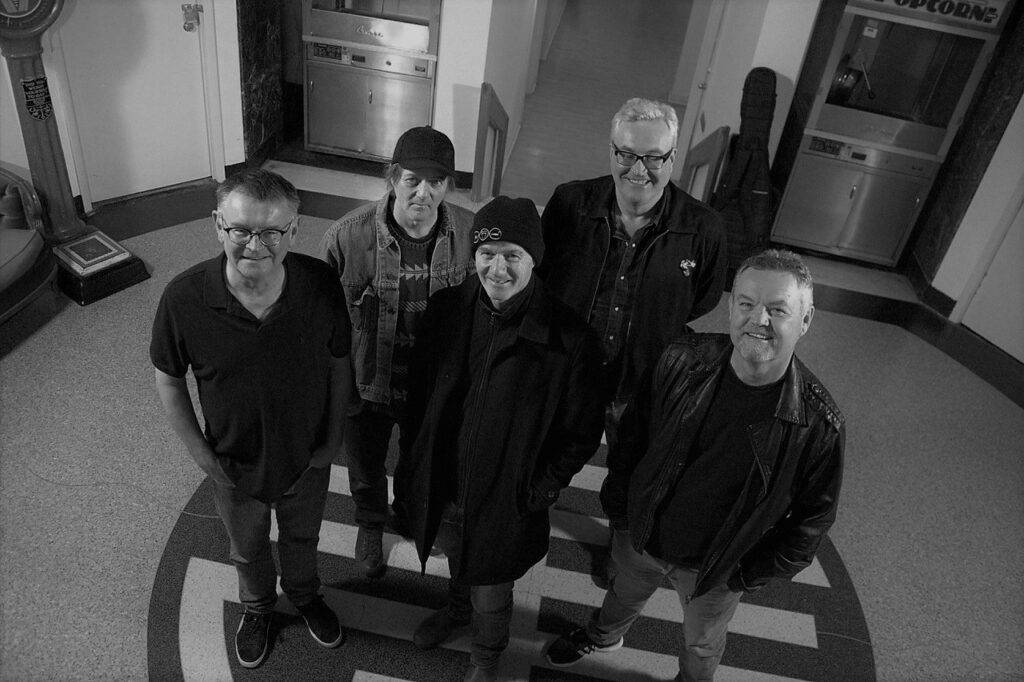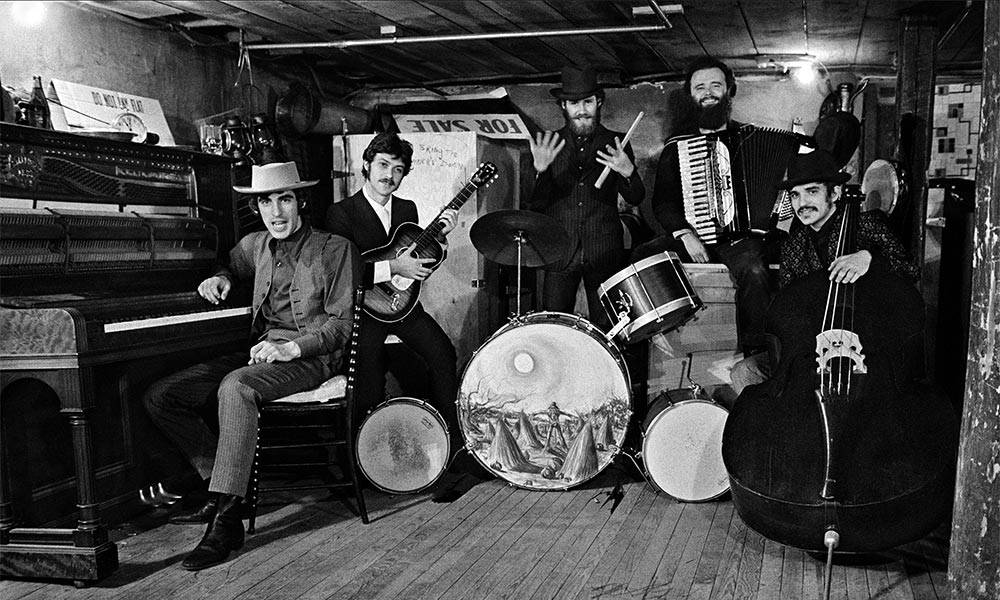I was extremely hungover. The producer called me into the studio and had me sit at the desk and do the solo. I was really in pain, but I pulled it off”: Adrian Smith on how Iron Maiden went beyond epic with Powerslave

Going into 1984, Iron Maiden were on the precipice. They’d gone from a raggedy-assed quasi-punk outfit posing as a metal outfit to a certifiable powerhouse bursting with pomp and circumstance.
Part of that shift was due to Adrian Smith, who, after replacing Dennis Stratton in 1980, cozied up alongside holdover Dave Murray. It was all too easy, as Smith, like Murray, was a real-deal gunslinger who got off on plugging his ax directly into a Marshall and diming it.
Smith’s blues-inspired, gentle arpeggios and modal stylings were the proverbial yin to Murray’s Hendrix-worshiping, legato yang. They’d rattled off two albums together, Killers (1981), The Number of the Beast (1982) and Piece of Mind (1983), that proved it. But now it was time to firmly cement themselves as halcyon greats.
And so, after Christmas of ‘83, Maiden hauled ass to the Channel Islands in Britain to begin writing their fifth album, Powerslave, with world domination on the brain. The pressure was surely ratcheted up, but if that bothered Smith, he doesn’t let on.
“As far as our intent, it was still about the song,” Smith tells Guitar World. “We’d just write the song, and then Dave and I would worry about the solos after.”
Despite Smith’s oversimplification, solos were critical. On Powerslave, there are 14: seven by Smith and seven by Murray. With those solos came dueling harmonies and raging bravado, but perhaps unsurprisingly, little thought was put into it.
“Dave and I rarely spoke about it,” Smith says. “I’d started writing more, but Steve wrote many of the harmonies. Steve wrote the harmony sections on Aces High, which was typical. When I’d write, I never had harmony guitars; I arrived at things differently. So it came down to Dave and I knowing each other rather than talking.”






Responses